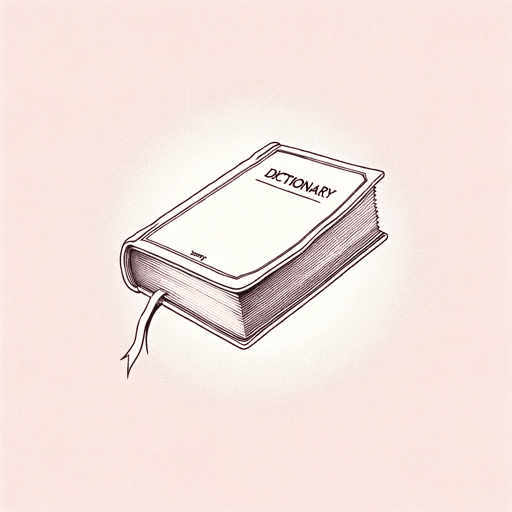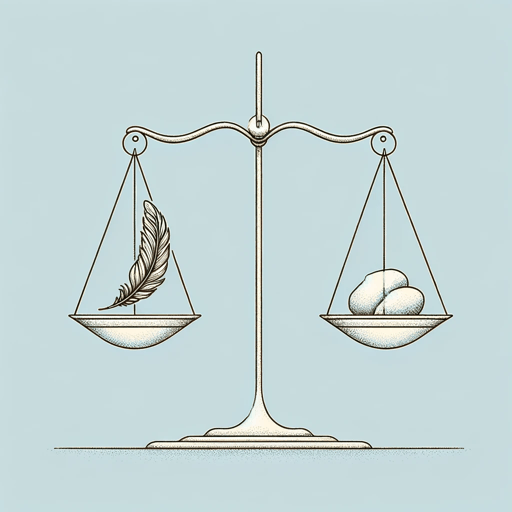18 pages • 36 minutes read
Harryette MullenSleeping with the Dictionary
Fiction | Poem | Adult | Published in 2002A modern alternative to SparkNotes and CliffsNotes, SuperSummary offers high-quality Study Guides with detailed chapter summaries and analysis of major themes, characters, and more.
Background
Literary Context
“Sleeping with the Dictionary” references techniques used by the Oulipo literary movement. The Oulipo (or OuLiPo, an acronym for Ouvroir de littérature potentielle) group was founded in the 1960s, and their primary concern, according to the Princeton Encyclopedia of Poetry and Poetics, is “writing under constraint [which] consists of obeying self-imposed and explicit rules of composition” (p. 987). One form of constraint used by Oulipo writers is N+7 or S+7: This involves using the dictionary to replace words in a poem with words that are seven entries below the original word. Some founders of the original French Oulipo group were mathematicians, and the N+7 technique can seem as cold and impersonal as a math problem. However, Mullen recasts the dictionary—and different uses of the dictionary—as sexual.
Mullen’s book, Sleeping with the Dictionary is an abecedarian, in terms of the titles of her poems. An abecedarian is a poem where each successive line or stanza (or in Mullen’s case, table of contents) begins with a successive letter of the alphabet. This form was popular in religious poetry. For instance, in Psalms 111-12, the lines spell out the Hebrew alphabet.
The abecedarian is connected with acrostic poetry, which Mullen references in her titular poem “Sleeping with the Dictionary.
Related Titles
By Harryette Mullen




